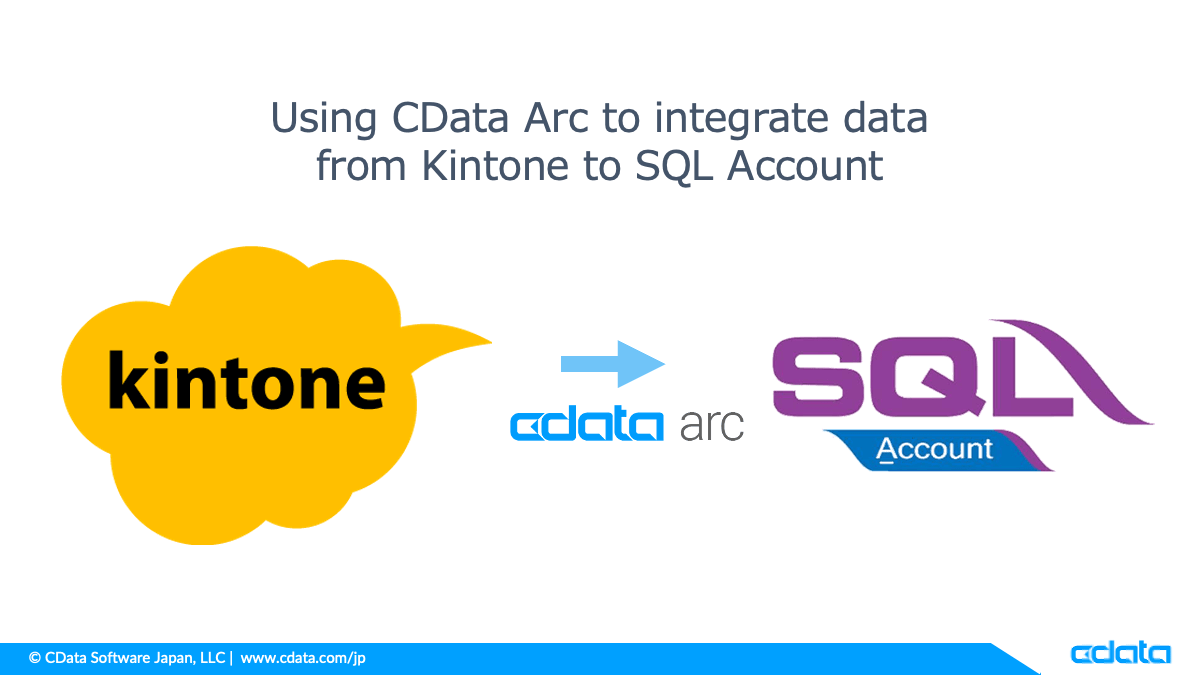Discover how a bimodal integration strategy can address the major data management challenges facing your organization today.
Get the Report →How to use SQLAlchemy ORM to access SharePoint Data in Python
Create Python applications and scripts that use SQLAlchemy Object-Relational Mappings of SharePoint data.
The rich ecosystem of Python modules lets you get to work quickly and integrate your systems effectively. With the CData Python Connector for SharePoint and the SQLAlchemy toolkit, you can build SharePoint-connected Python applications and scripts. This article shows how to use SQLAlchemy to connect to SharePoint data to query, update, delete, and insert SharePoint data.
With built-in optimized data processing, the CData Python Connector offers unmatched performance for interacting with live SharePoint data in Python. When you issue complex SQL queries from SharePoint, the CData Connector pushes supported SQL operations, like filters and aggregations, directly to SharePoint and utilizes the embedded SQL engine to process unsupported operations client-side (often SQL functions and JOIN operations).
Connecting to SharePoint Data
Connecting to SharePoint data looks just like connecting to any relational data source. Create a connection string using the required connection properties. For this article, you will pass the connection string as a parameter to the create_engine function.
Set the URL property to the base SharePoint site or to a sub-site. This allows you to query any lists and other SharePoint entities defined for the site or sub-site.
The User and Password properties, under the Authentication section, must be set to valid SharePoint user credentials when using SharePoint On-Premise.
If you are connecting to SharePoint Online, set the SharePointEdition to SHAREPOINTONLINE along with the User and Password connection string properties. For more details on connecting to SharePoint Online, see the "Getting Started" chapter of the help documentation
Follow the procedure below to install SQLAlchemy and start accessing SharePoint through Python objects.
Install Required Modules
Use the pip utility to install the SQLAlchemy toolkit and SQLAlchemy ORM package:
pip install sqlalchemy
pip install sqlalchemy.orm
Be sure to import the appropriate modules:
from sqlalchemy import create_engine, String, Column
from sqlalchemy.ext.declarative import declarative_base
from sqlalchemy.orm import sessionmaker
Model SharePoint Data in Python
You can now connect with a connection string. Use the create_engine function to create an Engine for working with SharePoint data.
NOTE: Users should URL encode the any connection string properties that include special characters. For more information, refer to the SQL Alchemy documentation.
engine = create_engine("sharepoint:///?User=myuseraccount&Password=mypassword&Auth Scheme=NTLM&URL=http://sharepointserver/mysite&SharePointEdition=SharePointOnPremise")
Declare a Mapping Class for SharePoint Data
After establishing the connection, declare a mapping class for the table you wish to model in the ORM (in this article, we will model the MyCustomList table). Use the sqlalchemy.ext.declarative.declarative_base function and create a new class with some or all of the fields (columns) defined.
base = declarative_base()
class MyCustomList(base):
__tablename__ = "MyCustomList"
Name = Column(String,primary_key=True)
Revenue = Column(String)
...
Query SharePoint Data
With the mapping class prepared, you can use a session object to query the data source. After binding the Engine to the session, provide the mapping class to the session query method.
Using the query Method
engine = create_engine("sharepoint:///?User=myuseraccount&Password=mypassword&Auth Scheme=NTLM&URL=http://sharepointserver/mysite&SharePointEdition=SharePointOnPremise")
factory = sessionmaker(bind=engine)
session = factory()
for instance in session.query(MyCustomList).filter_by(Location="Chapel Hill"):
print("Name: ", instance.Name)
print("Revenue: ", instance.Revenue)
print("---------")
Alternatively, you can use the execute method with the appropriate table object. The code below works with an active session.
Using the execute Method
MyCustomList_table = MyCustomList.metadata.tables["MyCustomList"]
for instance in session.execute(MyCustomList_table.select().where(MyCustomList_table.c.Location == "Chapel Hill")):
print("Name: ", instance.Name)
print("Revenue: ", instance.Revenue)
print("---------")
For examples of more complex querying, including JOINs, aggregations, limits, and more, refer to the Help documentation for the extension.
Insert SharePoint Data
To insert SharePoint data, define an instance of the mapped class and add it to the active session. Call the commit function on the session to push all added instances to SharePoint.
new_rec = MyCustomList(Name="placeholder", Location="Chapel Hill")
session.add(new_rec)
session.commit()
Update SharePoint Data
To update SharePoint data, fetch the desired record(s) with a filter query. Then, modify the values of the fields and call the commit function on the session to push the modified record to SharePoint.
updated_rec = session.query(MyCustomList).filter_by(SOME_ID_COLUMN="SOME_ID_VALUE").first()
updated_rec.Location = "Chapel Hill"
session.commit()
Delete SharePoint Data
To delete SharePoint data, fetch the desired record(s) with a filter query. Then delete the record with the active session and call the commit function on the session to perform the delete operation on the provided records (rows).
deleted_rec = session.query(MyCustomList).filter_by(SOME_ID_COLUMN="SOME_ID_VALUE").first()
session.delete(deleted_rec)
session.commit()
Free Trial & More Information
Download a free, 30-day trial of the CData Python Connector for SharePoint to start building Python apps and scripts with connectivity to SharePoint data. Reach out to our Support Team if you have any questions.






